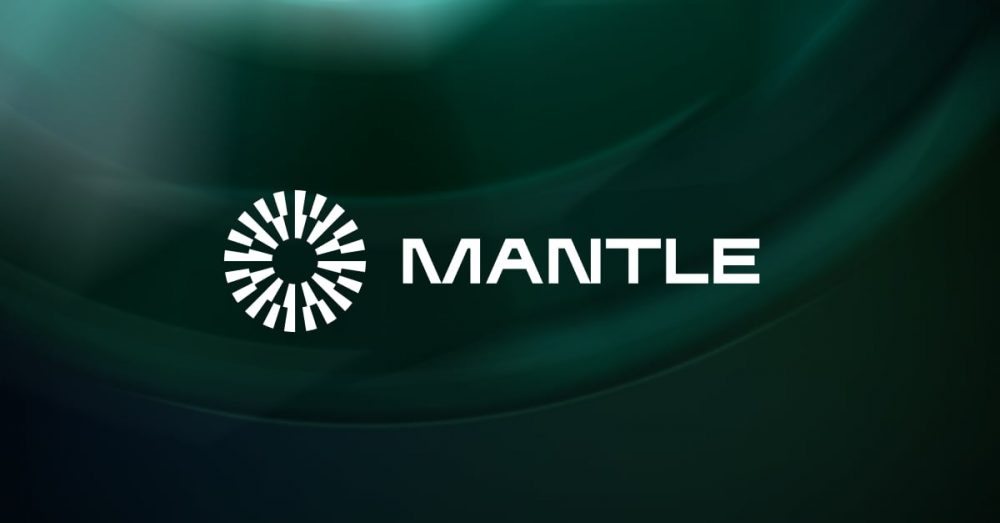Mantle Network is a modular Layer 2 EVM compatible blockchain using optimistic rollups. It includes EigenLayer’s EigenDA for data availability and provides better performance and lower cost using multi-party computing.
What is mantle?
Mantle is a Tier 2 network powered by BitDAO, built on top of the OP stack on Ethereum and holds the largest treasury in DeFi with an estimated total value of over $2 billion. Optimistic rollups use proprietary communication networks to run multiple processes simultaneously, communicate efficiently with the mainnet, and ensure that the network is not in turn invaded by malicious blocks.
Rollups are a common feature among Tier 2 EVM networks. According to current information, it is at the heart of Mantle Network’s scaling solution. By confirming thousands of transactions at a time at a lower cost, Mantle is able to offer faster transaction processing time and a significantly cheaper transaction fee.
How does the mantle network work?
At the heart of Mantle Network’s functionality are four main players;
- Optimism rollups technology
- A modular network architecture
- A multi-party computation and fraud-proof protocol
- And Mantle Data Availability (Mantle DA) nodes
These four players work in synergy to deliver and maintain a resource-efficient and secure network while maintaining tight communication with the mainnet.

Why Mantle Network?
According to data from L2Beat, 28 Tier 2 has a cumulative market cap of over $10 billion. Layer 2 platforms are proliferating as well, each claiming to be working towards a decentralized application platform while offering an alternative to Ethereum. Here are some features of Mantle that can set it apart from its competitors:
Cost Savings
Compared to the Ethereum mainnet, Mantle Network’s reported fee per transaction is a bargain. The project claims a reduction in gas fees of over 80 percent. To quote a real case scenario, the average gas fee on the Mantle Network is 0.06 Gwei compared to 19 Gwei on Ethereum, based on data from official explorers for both networks. While this rate may fluctuate significantly over time and during periods of high demand, Mantle is likely to continue to offer lower fees than Ethereum through the use of rollups.
Even compared to other Tier 2s like Optimism, which charge 0.16 Gwei gas fees, Mantle’s fees are still lower as it uses EigenDA for data availability rather than Ethereum. Cryptocurrency enthusiasts who want to save time and money on fees can opt for Mantle Network.
Performance
Mantle Network’s 500 TPS is 20 times faster than the Ethereum network’s 32 TPS, making it a strong competitor among other smart contract platforms. The reported block time of around 10 milliseconds means that transactions are completed almost instantly. This means reduced latency and increased transaction volume, improving the user experience by confirming transactions quickly.
Overall performance at any given time may be subject to demand conditions, but Mantle claims it’s built to meet higher demands without sacrificing efficiency (scalability).
Security
Mantle inherits the security architecture of the Ethereum network by not completely moving away from the mainnet. In addition to validators and fraud proofs, Mantle uses MPC nodes to validate a block’s validity to reduce challenge time over time.




